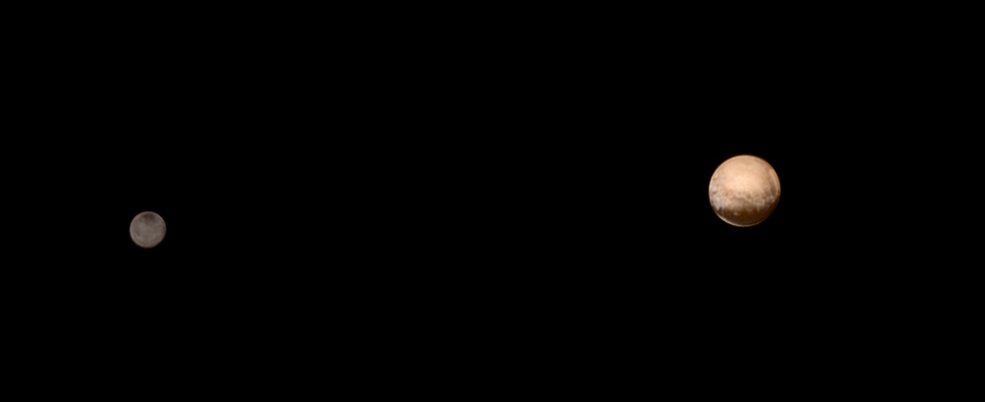
It's 2/2/22! For this day of 2️⃣s, here are some iconic pairs in our solar system. Some asteroids come in twos, such as Ida & Dactyl, as seen by the Galileo spacecraft. This year, our #DARTMission will perform its test at another pair, Didymos & Dimorphos: go.nasa.gov/3ofmhes 

Two small moons of Saturn, Janus & Epimetheus, share very similar orbits around the planet, and they regularly swap positions. This series of images was captured by Cassini. go.nasa.gov/3giKM6T
Pluto and its largest moon Charon, seen here by the #NewHorizonsMission, are sometimes described as a double planet, since they orbit around the common center of gravity between them. go.nasa.gov/3giWoH0 

Mars has two small moons, Phobos & Deimos ("fear" and "dread" in Greek). These portraits come from the Mars Reconnaissance Orbiter. go.nasa.gov/2OClkMO 



Much of what we know about the worlds of the solar system comes from our robotic explorers. Sometimes, as with @NASAVoyager 1 & 2 or the @NASAMars rovers Spirit & Opportunity, two spacecraft means more science and less chance of a total mission loss. 



Sometimes, as in the case of @NASAMoon’s GRAIL mission or @NASAEarth's GRACE missions, a pair of spacecraft flying in precise formation measure gravitational fields with astounding accuracy. go.nasa.gov/2KB6HEB 

@NASAMoon @NASAEarth Plenty of compelling pairs outside the solar system, too.
https://twitter.com/NASAExoplanets/status/1488967052488368128
• • •
Missing some Tweet in this thread? You can try to
force a refresh









